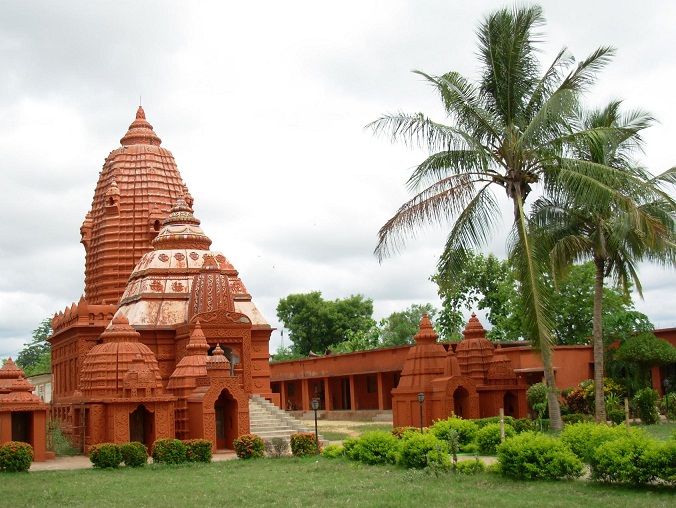If you happen to be in Odisha, without giving a second thought come and visit Sonepur, especially Khaliapali, the abode of Bhima Bhoi. This small and sleepy town in Western Odisha boasts of some of the best things that you wouldn’t like to miss. If you are an art lover or a history enthusiast, then Sonepur is the perfect place for you. Be it the traditional art of Ganjapa (a kind of playing card) and pottery or the temples that dot the town, Sonepur has everything to quench the thirst of a tourist.
Adding further charm to Sonepur is the river Mahanadi which flows by the town. This post is however not about anything that I have described above. Today, I will take you to a small village about 30 kilometers from Sonepur. A place that was quite unknown to people even in Odisha only a few years back. But now it is famous and has become a tourist hotspot.
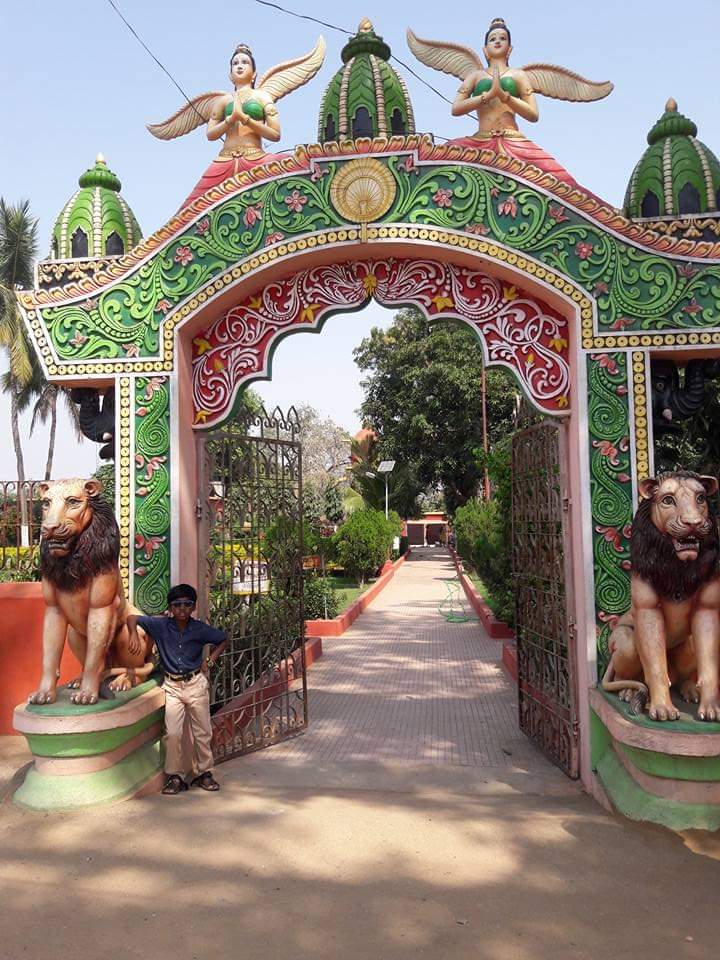
Welcome to Khaliapali, the village made famous by our great saint poet Bhima Bhoi. This is the village that became the epicenter of Mahima Dharma during the late 19th century from where the poet-philosopher composed the hundreds of verses and also propagated the religion. Without sparing a moment let me take you down to the village.
Also read Everything you need to know about Ranipur Jharial temples
Post Contents
Khaliapali: Abode of Bhima Bhoi
Till recently Khaliapali used to be a non-descript village although it is associated with saint poet Bhima Bhoi. The village was the workplace of the poet where he lived for a good 18 years from 1877 to his death in 1895. In the memory of the saint poet the villagers have constructed a temple which is known as Mahima temple or the Sunya Mandir.
The temple premise which is now known as Bhima Bhoi Sadhanaptha houses a monastery for the Mahima followers, a library, and a memorial museum. Presently Bhima Bhoi Samadhipitha is managed by a trust. Till a few years back no one knew about the place and the temple premise was in a dilapidated state. The place now wears a new look with a beautiful garden overlooking the temples, thanks to the then district collector of Subarnapur Bishnupada Sethi who is attributed for the facelift.
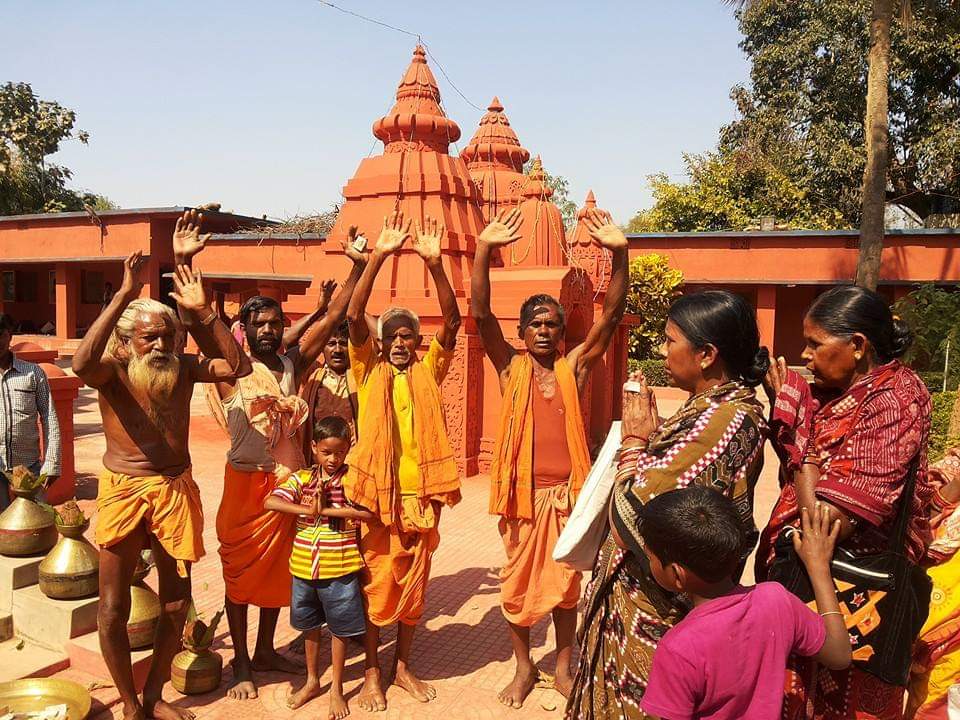
Every Year during the annual Magha Mela Khaliapali wears a festive look as thousands of Mahima dharma followers and tourists throng the samadhipitha in the village. The festival which is observed on the 14th day after the new moon of the Hindu month of Magha usually falls in the month of February. Followers and devotees eagerly wait this day as it is the only day throughout the year when the memorial temple opens for the public.
The sacred golden sandals of the saint poet which is kept in a small temple is brought outside and decorated for darshan of the public. The large gathering during the Magha Mela includes visitors from states like Andhra Pradesh, Chhattisgarh, West Bengal, and North-Eastern state Assam. During the festival, Odisha Sahitya Academy organises a literary programme in honour of the saint poet.
Also please visit the post Gingee fort: 5 amazing facts that make it a must visit
Mahima Dharma
Mukunda Das aka Mahima Swami founded Mahima Dharma or Alekhism in the later part of 19th century. Though the religion stood upon the basic foundation of Indian tradition, it had its own distinct features that made it very different from other Indian cults. You may find it to be protestant in nature as it openly defied idol worship, meaningless rituals, and the caste system, the very important features of Hindu tradition.
Not much is known about the early life of Mahima Swami also popularly known as Mahima Gosain. He was believed to be in deep meditation in the Himalayas before coming to Dhenkanal in central Odisha where he set up an ashram in Joranda. During his stay in Kapilas hills, one Jagannath Das of Balasingha in Boudh became his first disciple. Mahima Dharma was introduced to Western Odisha when Mahima Gosain met Bhima Bhoi in Rairakhole. You can see how the dramatic turn of the event leading to a blind Bhima Bhoi falling into a well and rescued by his master Mahima Gosain changed Mahima Dharma forever.
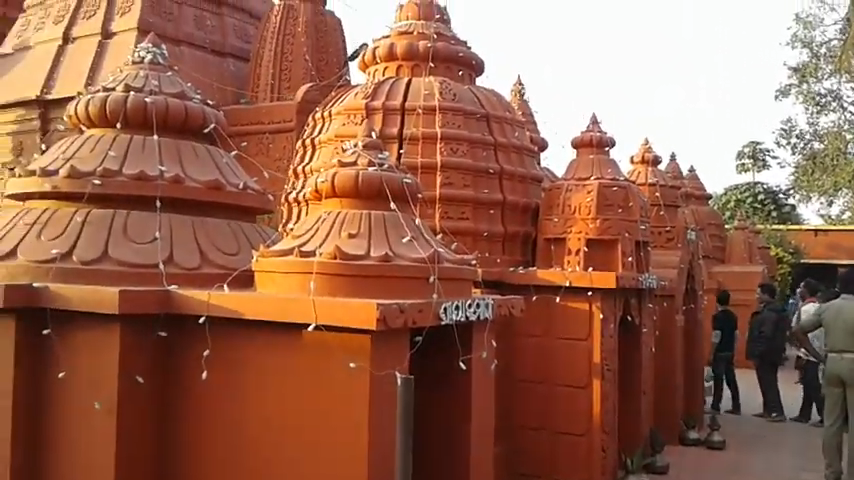
The philosophical truth that founded the true essence of Mahima Dharma is that God is One and the Only One. The human mind through the ages has worshipped the One as manifested in many. But the true worship is, in the words of Bhima Bhoi to come down to the stem leaving the branches which in other words translate to withdraw from the many to One and the only One.This theory of oneness of the Supreme Reality of the One and only one God is known inIndian philosophy as Advaitabada.
Check out the post Visiting the land of Ramana Maharshi and Arunachaleswar
Sunyabada in Alekhism
A little bit of philosophy is needed to help you understand what is Sunyabada or the concept of nothingness. Mahima Dharma is based on the concept of one God who is formless, omnipresent, and called the Alekha (non-scriptable). In other words, it is the void or Sunya that forms the basic principle of Mahima cult. The followers of Mahima dharma worship the Sunyabrahma which is formless and shapeless, but self-complete. The memorial temple or the Sunya Mandir you visit in Khaliapali is completely empty.
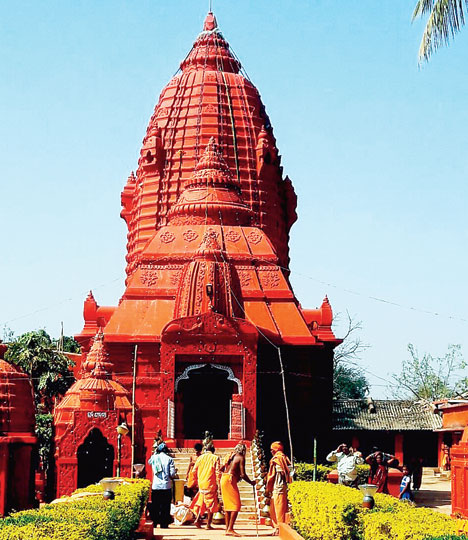
This is amply reflected in the works of Bhima Bhoi, the chief protagonist of this dharma as he presents a Sunya-centric metaphysics which is philosophically articulated in his writings and takes it to a meaningful logical conclusion. The idea of God as Sunya is not exactly unknown in Indian philosophical tradition, but there is a certain amount of compromise as far as its affiliation to some sectarian gods is concerned. However, in the case of Mahima Dharma there is no trace of compromise.
Bhima Bhoi and Mahima Dharma
It wouldn’t be unfair to say what Swami Bibekananda was to Ramakrishna Paramhansa, saint poet Bhima Bhoi was to Mahima Gosain. The teachings of Mahima Dharma found expressions in the writings of Bhima Bhoi. It is this poet-philosopher who preached and propagated Mahima Dharma through his lyrical poems from the village of Khaliapali.
The place and year of birth of Bhima Bhoi is not known for certain, but he was born somewhere in the erstwhile Rairakhole state in British India. His birth year is believed to be around 1850-55. He had an unhappy childhood which he spent in abject poverty. He was initiated into Mahima Dharma by Mahima Gosain.
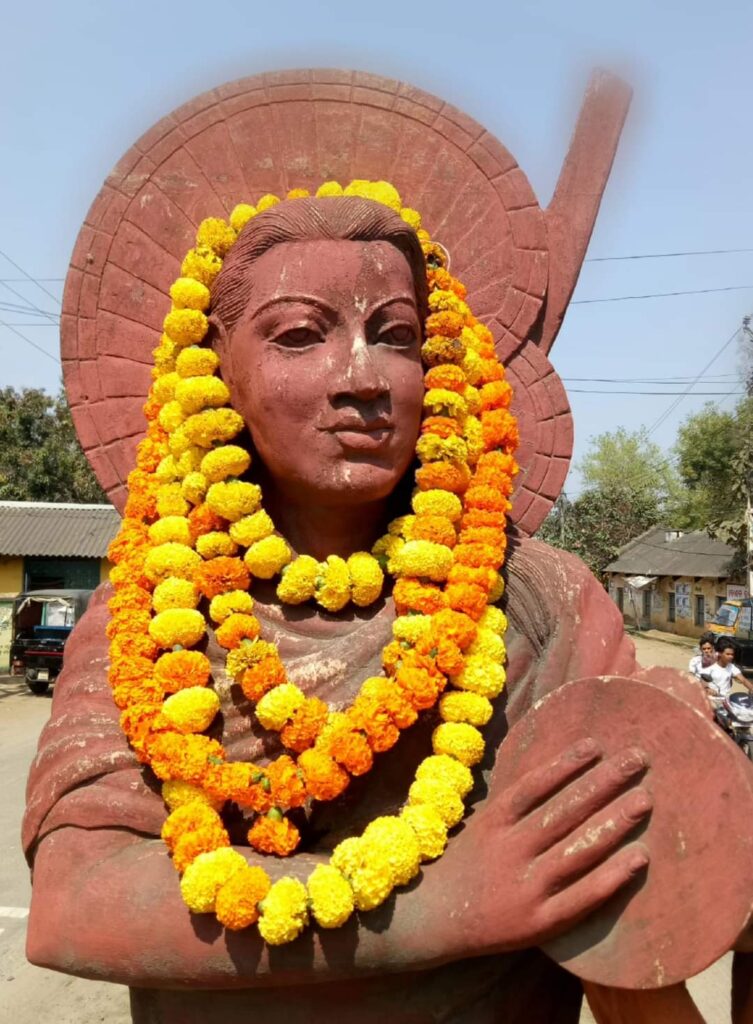
He came to Khaliapali village in erstwhile Sonepur state in 1877 after Mahima Gosain left his mortal body in 1876 in Joranda where he had set up an ashram. It is amazing to see how a young illiterate tribal man who had no asses to classical texts could compose lyrical poems of that high standard with such ease.
You may also like Everything you need to know about Ranipur Jharial temples
Works of Bhima Bhoi
There is a library in the premises of the Bhima Bhoi sadhanapitha in Khaliapali where you can find most of his works. It is the lyrical verses that expressed the philosophy of Mahima Dharma that made the poet a heartthrob among the Mahimaites and the downtrodden as he gave voice to their sufferings through his writings.
His most famous works are Stuti Chintamani, Brahmanirupana Gita, Adianta Gita, Chautisa Granthamala, Nirveda Sadhana, Sruti Nisedha Gita, Manusabha Mandala, Mahima Vinoda in four volumes (unpublished ), Brihat Bhajana Mala, and Bangala Atha Bhajan. His works found admirers not only in Odisha or India, but across the globe. It is a matter of pride that the immortal lines of one of his poems have found a place in the walls of the main hall of the United Nations Organisation (UNO) in New York.
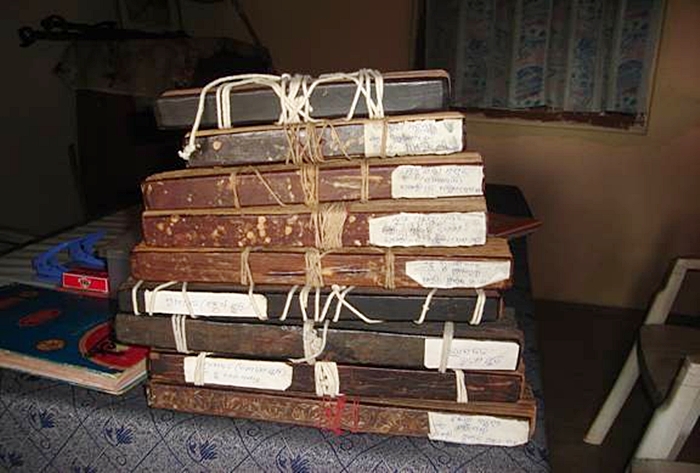
There are also tons of unpublished works many of which are now sadly missing. These rare manuscripts dating back to the later part of 19th century are allegedly taken away by professors and research scholars, but they never returned the same.
The trust now has 14 manuscripts including eight palm leaf manuscripts. Dr Ambika Prasad Panda, a great-grandson of Hari Panda who was a disciple of Bhima Bhoi was in possession of a few manuscripts which he handed over to the trust some years ago.
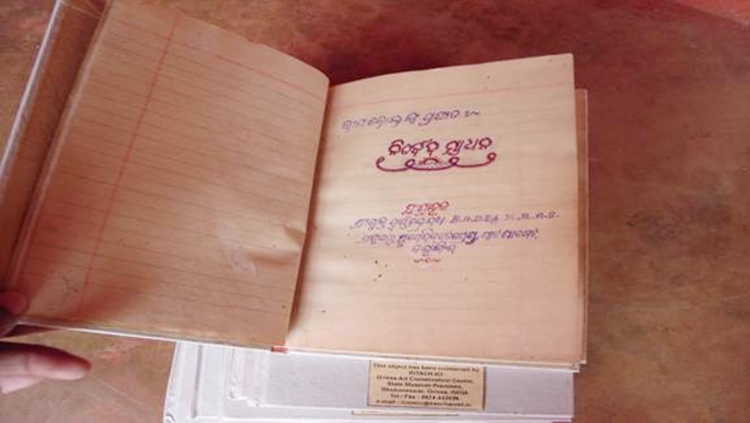
One Surendra Dash of Khaliapali village also handed over a few manuscripts while Johannes Beltz, a German researcher handed over a photocopy of the manuscript of ‘Mahima Binod-II’ to the trust which he traced in Narda village of Sonepur district. But manuscripts of the part-I, III and IV of the magnum opus are still missing.
Please also read Twin shrines of Western Odisha to be developed as tourist hubs
Research Works
Though the geographical reach of Mahima Dharma was limited to Western Odisha and central Odisha, the genius of Bhima Bhoi attracted researchers not only from Odisha and India but also from across the globe. One of the earliest among them was Annecharlotte Eschmann, the German researcher who visited Khaliapali in the 1970s.
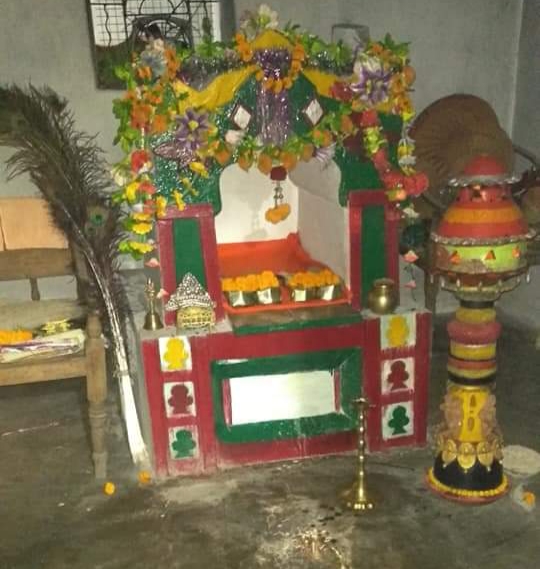
Among those from Odsha who have contributed significantly include Chittaranjan Das, Satrughna Nath, Uddhab Nayak, Tandra Patnaik, Bhagirathi Nepak, Balabhadra Ghadei, and Sitakanta Mahapatra. Lately, German scholars like Johannes Beltz and Lidia Guzy carried out extensive studies on Mahima Dharma and Bhima Bhoi and published several books and papers.
Travel Tips
- Khaliapali in Sonepur is located about 300 kilometers from the state capital Bhubaneswar and the Biju Patnaik International Airport is the nearest airport.
- Balangir Junction railway station is the nearest railhead which is about 50 kilometers from Khaliapali. To reach Khaliapali first you have to reach either Sonepur or Balangir and from there you can take a taxi to the village.
- Khaliapali has no accommodation facilities. You can get budget accommodation at Sonepur (30 Kilometers) and Balangir (50 kilometers).
- Khaliapali can be visited at any time of the year. But try to avoid a visit during summer as the sun is very harsh in this part of Odisha.
- Try to club your visit with temple town Sonepur and if possible a longer visit to cover important places of Western Odisha.

